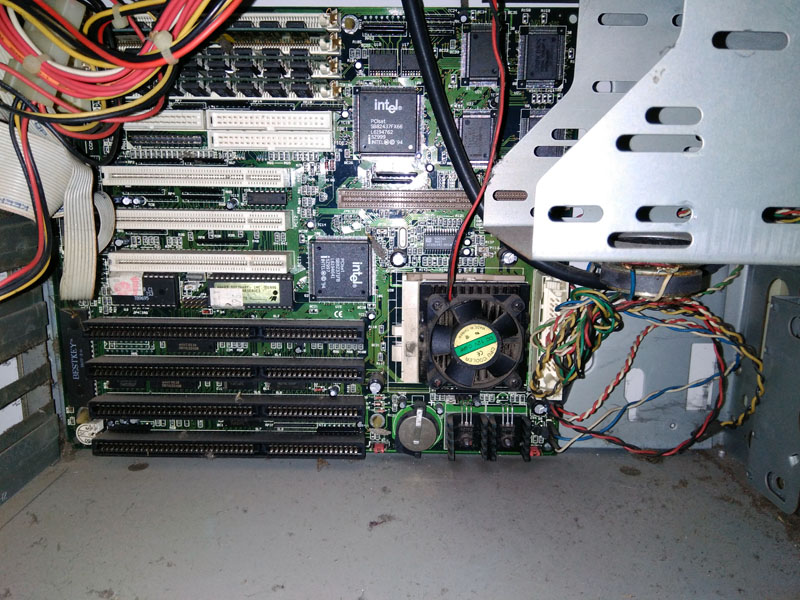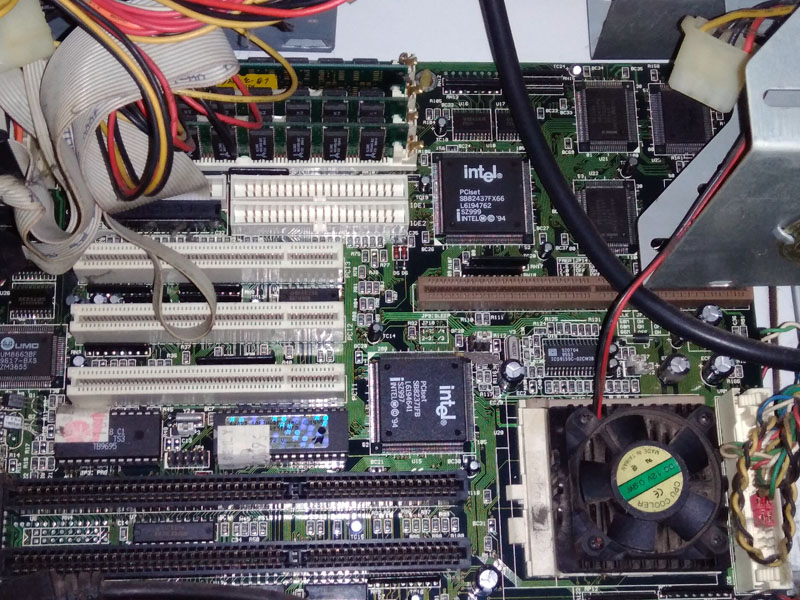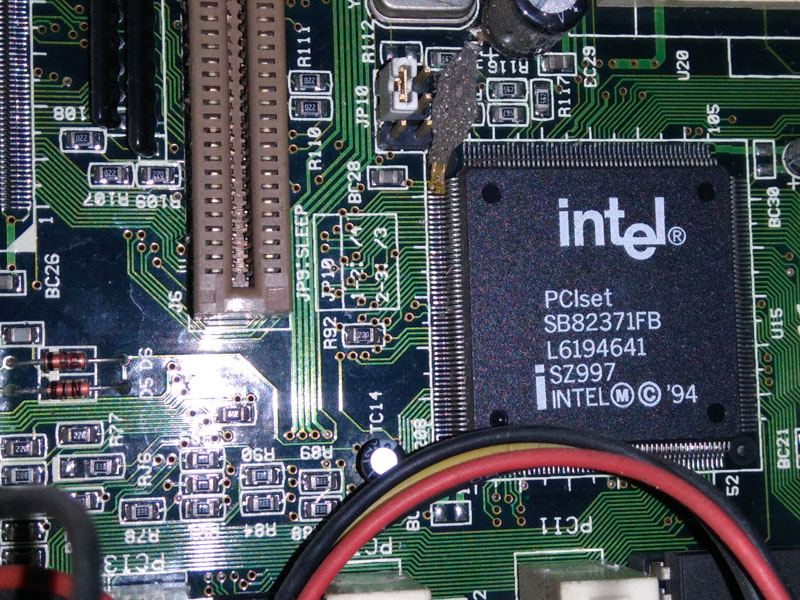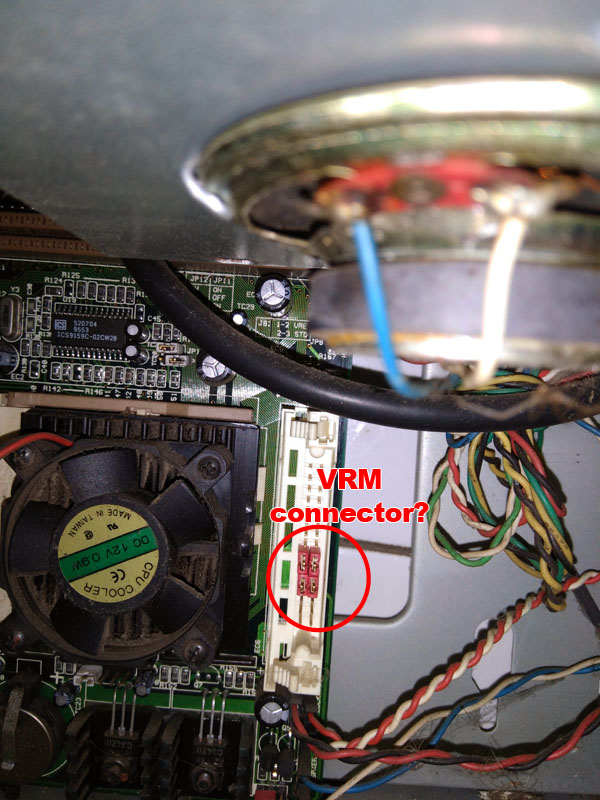First post, by Kreshna Aryaguna Nurzaman
- Rank
- l33t
Just unearthed an old treasure today: a good old Pentium 100 PC belonged to me and my brother. First I have no idea what brand and model the motherboard is, but after Googling for a while, it seems to be either PC Chips M507 or PC Chips M506 motherboard, which is based on Intel 430FX chipset. The name Rainbow Software sounds familiar too, I remember always seeing it during bootup screen.

The Pentium 100 motherboard.

Closer look.

The writing says 'Socket 7'.
The motherboard layout matches a PC Chips MC507 photo I found on ebay. It also appears to be Socket 7 instead of Socket 5, so it should be able to accept Pentium CPU faster than 133 MHz but feel free to correct me if I'm wrong.
There are two large, square shaped chips on the motherboard. I'm not sure if which one is Northbridge and Southbridge, let alone whether I should call them Northbridge/Southbridge or simply memory controller hub (MCH). Nonetheless, the first chip --the one closer to the CPU-- reads as follows:
PCIset
SB82371FB
L6194641
SZ997
Intel (M) (C) '94

The first motherboard chip, the one closer to the CPU.
The second chip --the one closer to the RAM slots-- reads as follows:
PCIset
SB82437FX66
L6194762
SZ999
Intel (M) (C) '94

The second motherboard chip, the one closer to the RAM slots.
There is also another square-shaped chip on the behind the PCI slots (if you consider the CPU socket to be the front of the motherboard), which reads as follows:
UMC
UM8663BF
9617-BXS
ZM3655

Another square-shaped chip behind the PCI slots.
Now, the goal. I remember a Pentium 100 isn't fast enough to play non-accelerated hi-res (640x480 and above) texture-mapped 3D games. I remember having to reduce textures in Jane's ATF to play the game with acceptable frame rate on this Pentium 100 PC, and Novalogic's F-22 Lightning II is unacceptably choppy. My goal is to upgrade the CPU to make this platform fast enough to play non-accelerated, texture mapped 3D games in 640x480 resolution. Sure I already have 440BX motherboards for the purpose, but where's the fun in such obvious solution? Besides, this particular Pentium 100 motherboard has sentimental values (it was our first Pentium anyway), so I think it'll be fun to see how far the motherboard will bring you.
So the questions are:
(1) is this motherboard really a PC Chips M506 or M507? Is it really a Socket 7 motherboard? Or is it actually a Socket 5? PC Chips M506/M507 is my best guess so far, but please correct me if I'm wrong. Warnings are welcome.
(2) what is the fastest Pentium CPU supported by this motherboard? I have lost the manual, but judging from the Rainbow Software website, it seems I can use 200 MHz Pentium CPU by selecting 66 MHz CPU clockspeed (pins 1 & 2 closed on JP01, JP11 closed, JP12 open) and setting CPU internal clockspeed configuration at 3x speed (JP13 open and JP14 closed).
(3) will putting a 512 KB cache on a stick (COASt) on the motherboard's SL1 slot help improve frame rate in non-accelerated, texture mapped 640x480 3D games? And where to find such COASt? Is this one compatible with my motherboard?
(4) where is the best online store to find AT (instead of ATX) PSU?
(5) Can I put Pentium MMX CPU on this board? I remember you need a voltage regulator module (VRM) to use MMX CPU on an Intel 430FX motherboard, but this board seems to have VRM connector slot (labelled as CN7 on the manual). Where could I find such VRM? Tried ebay but to no avail.

What appeared to be VRM connector --labelled as CN7 on the manual.
Warnings and advises are welcome. Thanks in advance,
-Kresh
Never thought this thread would be that long, but now, for something different.....
Kreshna Aryaguna Nurzaman.
